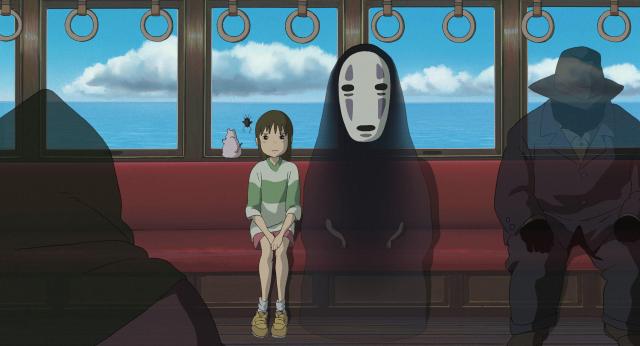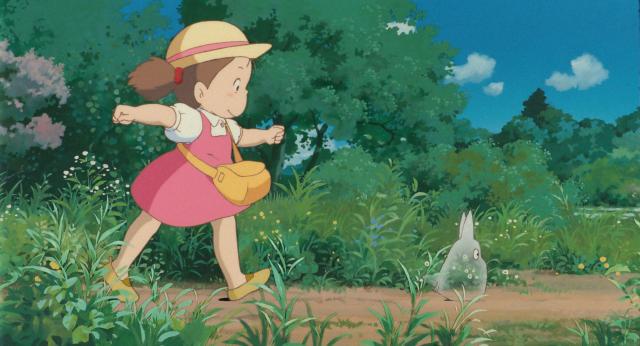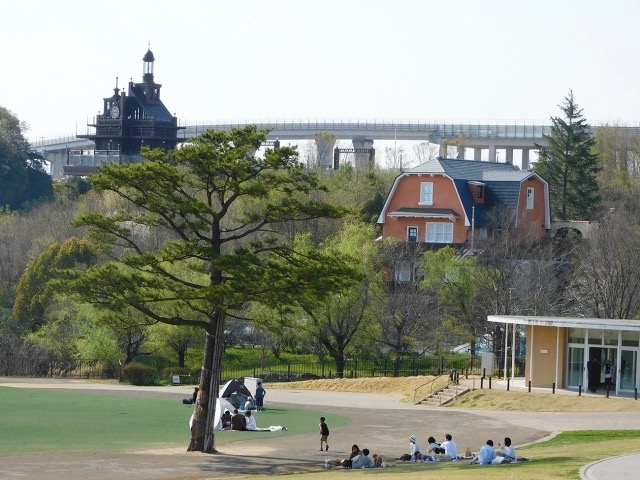Ghibli Park benches spark debate in Japan

One person’s cute anime flourish is another person’s hostile design.
It’s hard to believe that Studio Ghibli’s long-awaited Ghibli Park is finally set to open in less than three weeks’ time.
▼ A quick look at what’s in store, including a peek at the land of Spirited Away.
— スタジオジブリ STUDIO GHIBLI (@JP_GHIBLI) October 10, 2022
— スタジオジブリ STUDIO GHIBLI (@JP_GHIBLI) October 7, 2022
As we get closer to the 1 November opening date, we’re gradually getting more of a look at what we can expect to see when the park opens. However, there’s one aspect of the park that some people have taken issue with online.
— スタジオジブリ STUDIO GHIBLI (@JP_GHIBLI) October 6, 2022
That’s right — the design feature that’s causing debate in Japan is a seemingly innocuous park bench. To be precise, there are 15 park benches that are causing concern amongst critics, and they all look similar to the one above, displaying “forgotten items” belonging to characters from Ghibli films.
The park benches are like a guess-who from the Ghibli world, with forgotten items like this satchel and cap, which fans have traced back to Shun Kazuma from Ghibli’s 2011 film, From Up on Poppy Hill.
— スタジオジブリ STUDIO GHIBLI (@JP_GHIBLI) October 7, 2022
— スタジオジブリ STUDIO GHIBLI (@JP_GHIBLI) October 6, 2022
▼ Shun with his cap and satchel.

On another bench is Mei’s iconic hat, and the corn she gifts to her mother, from My Neighbour Totoro.
▼ The corn is etched with the words “To Mother”, just as it is in the movie.
みんなの忘れ物。愛・地球博記念公園の中に、全部で15箇所あります。見つけてもあとから探す人たちのために、絶対に場所を教えないでください……。 pic.twitter.com/MuylSiS43y
— スタジオジブリ STUDIO GHIBLI (@JP_GHIBLI) October 6, 2022
▼ Mei and her hat, as seen in the 1988 film.

Another bench shows a book beneath bookish Shizuku’s hat from Whisper of the Heart.
— スタジオジブリ STUDIO GHIBLI (@JP_GHIBLI) October 6, 2022
— スタジオジブリ STUDIO GHIBLI (@JP_GHIBLI) October 6, 2022
▼ Shizuku and her hat, from the 1995 film.

The unusual benches are designed to delight fans and encourage them to search for all 15 of them scattered around Aichi Earth Expo Memorial Park, where Ghibli Park is located. However, one person online presented a different point of view, describing the benches as an example of “hostile architecture”.
Hostile architecture is a strategy adopted by urban planners and designers to restrict behaviours by the public, especially those who use public spaces the most, such as young or homeless people. From this point of view, placing metallic objects on park benches can be seen as a way of deterring individuals from using them as they normally might, and it puts a stop to homeless people sleeping on them.
This viewpoint received a lot of traction online, garnering thousands of likes and retweets on Twitter. However, others were quick to jump to Ghibli’s defence, saying:
“I think this is overthinking things a bit.”
“I don’t think we should judge theme parks and public spaces in the same way — this is more like a photo spot for visitors.”
“It’s not a public park, but a paid private facility where people expect a certain vibe and atmosphere.”
“I don’t think they meant to exclude anyone by doing this.”
“The Memorial Park is vast, so there are plenty of places for homeless people to sleep.”
While the topic of hostile architecture is an important aspect of society that deserves to have a spotlight drawn to it, the benches at Ghibli Park appear to be slightly different as it’s essentially a paid facility that’s more like a theme park than a public space.
And, as many commenters pointed out, there are plenty of open spaces in the wider fee-free park around Ghibli Park that can accommodate people with all sorts of needs.

Having been to Ghibli Park ourselves, we can confirm that there are plenty of places where people can sprawl out to their heart’s content, and even set up tents to shade themselves while having picnics on the lawns.
So while it’s important to be aware of hostile design, you won’t have to feel guilty while taking selfies on the specially designed benches around Ghibli Park. They’re just one of many places where visitors can stop and take a breather, in between riding the Catbus for adults and stepping into Yubaba’s office from Spirited Away.
Source: Hachima Kikou
Featured image: Studio Ghibli
Insert images: Studio Ghibli (1, 2, 3, 4), Photo © SoraNews24
● Want to hear about SoraNews24’s latest articles as soon as they’re published? Follow us on Facebook and Twitter!
Credit:

0 comments:
Post a Comment